Tips for growing flowers at home how to prune
(1) Thinning
Thinning is to cut off the unnecessary branches from the base, mainly to cut off dense branches, long branches, forked branches, aging branches, diseased and insect-infested branches, in order to make the branches evenly distributed, improve ventilation and light conditions, regulate the relationship between vegetative growth and reproductive growth, concentrate nutrients on the remaining branches, and promote flowering and fruiting. Thinning should be done by cutting obliquely from the upper part of the branch point, leaving no stumps, and the cut should be smooth.
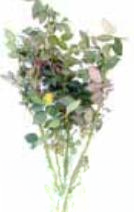
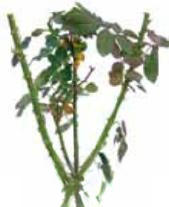
(2) Shortening
Shortening refers to cutting off a part of the annual branches, also known as short pruning. This thinning can be divided into light pruning (light short pruning) or heavy pruning (heavy short pruning) according to the degree of pruning. During the growth period of flowers, pruning is mostly light pruning, that is, cutting off less than half of the length of the entire branch. The purpose is to disperse the branches through pruning, promote the production of a large number of medium and short branches, make them fully lignified before winter, and form full axils or flower buds.
When the plant is pruned during dormancy, it is usually heavy pruning, that is, more than half of the length of the entire branch is cut off. For some flowers and trees with strong germination ability, sometimes most of the branches are cut off, leaving only 2 to 3 side buds at the base to promote the germination of strong branches and facilitate flowering. This method is often used to prune flowers and trees such as roses and crape myrtles. In short, it should be noted that the cut should be a 45-degree slope and opposite to the direction of the bud, and the cut should be about 1 cm away from the bud. The direction of the bud should be determined according to the direction of branch growth. Generally, the buds of flowers and trees should be left on the outside of the branches so that the branches grow outward and the plant shape will be full in the future.
(3) Pinching and removing leaves
Pinching refers to removing the terminal buds on the main branches or side branches of the plant. Pinching can inhibit the growth of the main branches, promote the growth of more side branches, and make the plants shorter, stronger, and fuller, increase the number and location of flowers, and pinching can also delay the flowering period or promote it to bloom again.
Leaf removal refers to the appropriate removal of some leaves during the growth of the plant. The purpose is to promote metabolism, promote the germination of new buds, reduce water transpiration, and make the plant neat and beautiful. For example, evergreen flowers and trees and flowers and trees transplanted during the growing season need to have a small amount of leaves removed to facilitate survival.
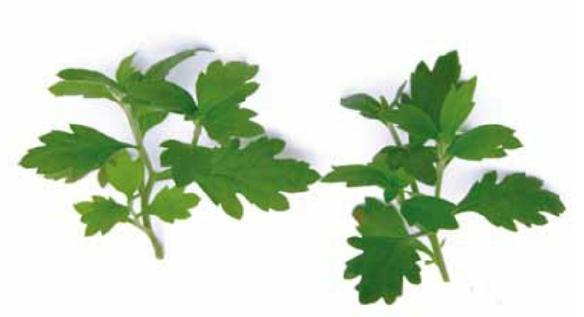
(4) Bud removal
Bud removal means removing some side buds that consume nutrients and digging out the foot buds. The purpose is to prevent excessive branches from causing nutrient dispersion, ensure that the main branches obtain sufficient nutrients, grow rapidly and produce flower buds. It can also prevent the plants from being too dense, or prevent some flowers and trees with strong germination ability from growing into clumps or shrubs, which will reduce the beauty of the plant's posture and affect the ornamental effect.
(5) Bud peeling and fruit thinning
In order to concentrate nutrients on the top buds for flowering and ensure the quality of the flowers, it is necessary to adopt the method of bud stripping, except for the side buds growing between the leaf axils, such as camellia, rose, dahlia, chrysanthemum, jasmine, peony, etc. During the bud stripping period, it is generally advisable to do it when the buds grow to the size of mung beans.
The purpose of fruit thinning is to ensure that the remaining fruits have sufficient nutrition, so that they are large and beautiful, mature early and avoid the phenomenon of bearing fruit every other year. For example, for fruit-bearing flowers and trees such as kumquat, daidai, bergamot, and pomegranate, when the young fruits reach a diameter of about 1 cm, some fruits with poor shape and too small should be removed.
(6) Breaking and twisting branches
The purpose of breaking branches and twisting tips is to prevent the branches from growing too long and twisting them, so that they are connected and unbroken, in order to promote the differentiation of flower buds.
(7) Rooting
Root pruning refers to the removal of rotten roots, aging roots, dead roots and roots infected with diseases and insects when repotting. At the same time, the excessively long roots, damaged roots and lateral roots should be appropriately shortened to promote the germination of more fibrous roots. It is a very important technical measure for the survival and healthy growth of the plant.
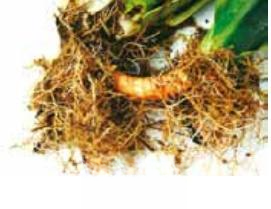
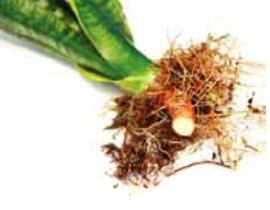
Pruning tips
(1) Remove diseased, interlaced, and overlapping branches. This will make it easier for the inside of the plant to receive light, improve air circulation, and help the plant grow healthily.
(2) The flowering parts of many woody plants are new branches that are one or two years old. Generally, old branches that are three or four years old must be cut off.
(3) Some plants that bloom at the top of branches should be pruned after flowering to facilitate the growth of branches and further flowering. Such flowers include roses, jasmine, crape myrtles, geraniums, etc.
(4) After pruning, the seedlings can form 3 to 4 branches, and each branch can be pruned to form a spherical crown with 9 to 12 branches.
(5) The cut should be made 1 to 1.5 cm above the bud, and the bud orientation should be chosen to adjust the direction and position of the new branch. The cut for thinning should be made at the branch, and the cut should be smooth without tearing the bark.
(6) Pay attention to minor repairs at ordinary times, and conduct a comprehensive inspection and large-scale pruning in November and December.
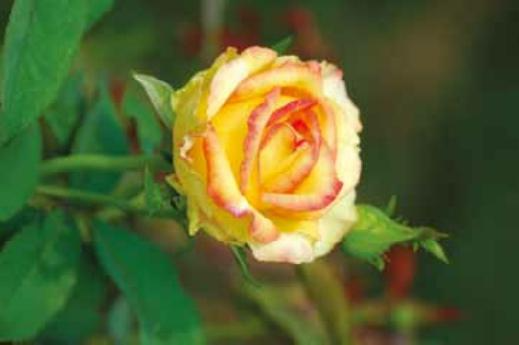
Pruning roses after flowering is beneficial for continued flowering